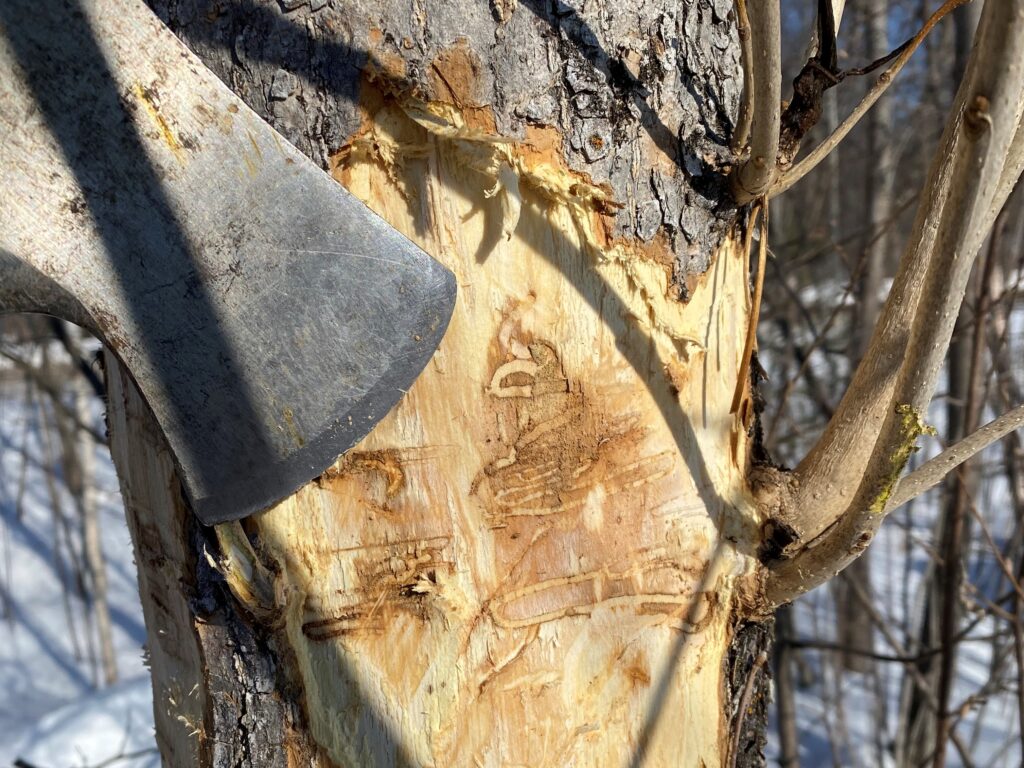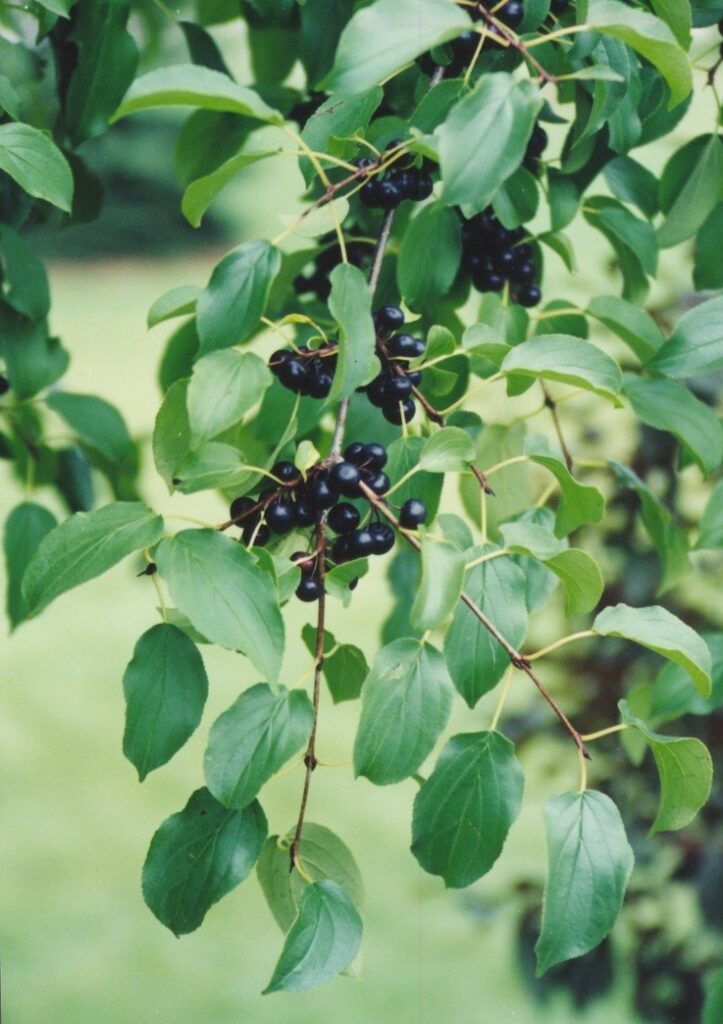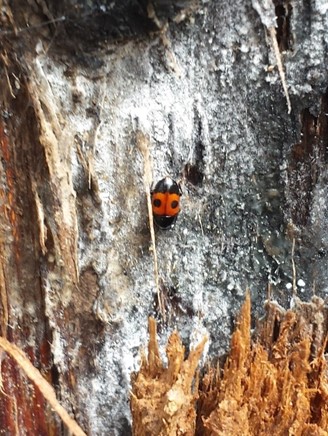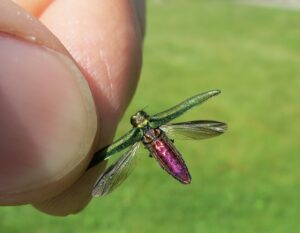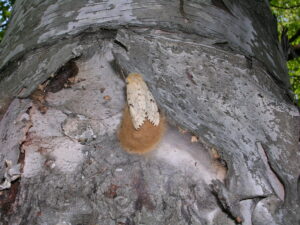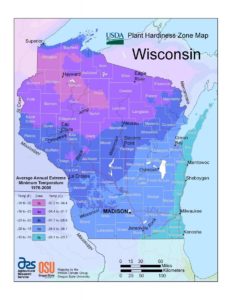Chapter 1 of the Private Forestry Handbook is available for stakeholder review and comment through April 4, 2022.
This chapter covers program guidelines for DNR forestry staff regarding their work with private woodland owners, including establishing walk-through service standards and a property walk-through policy. We’re updating this chapter to establish a property walk-through policy since there was no set standard for this important interaction with private woodland owners.
To review and provide feedback on this document, please visit the DNR Forestry Stakeholder Input Page.
Document Title: Private Forestry Handbook HB2470.5
Contact Person: Kristin Lambert
Due Date: April 4, 2022
Click here to view a detailed description of document updates.

